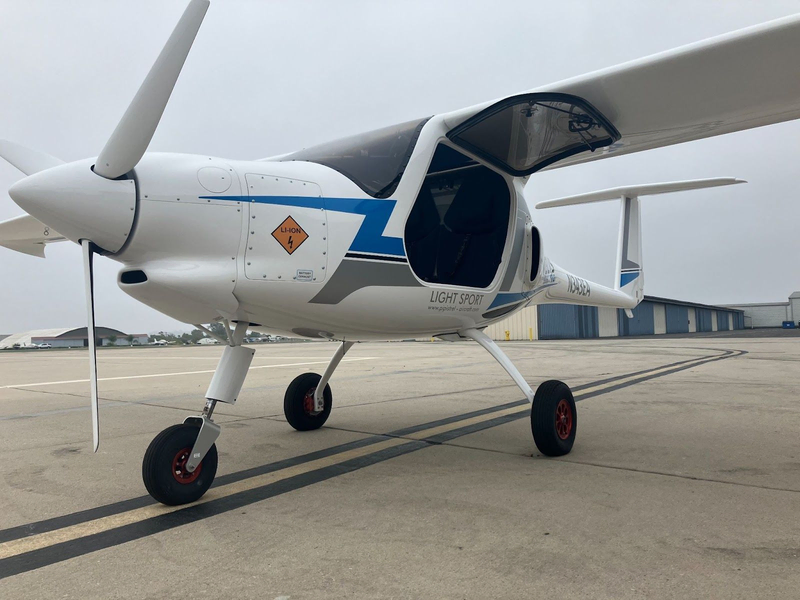
The aviation industry, accounting for about 2 percent of global carbon dioxide emissions and 4 percent of climate change impacts annually, stands at a critical juncture. In the quest to mitigate these environmental ramifications, electric aircraft are emerging as a promising avenue.
Recent advancements have ushered in the first generation of electric aircraft, predominantly utilized for pilot training and short-range flights.
Environmental impact of electric aircraft
The life cycle assessment of such aircraft offers insightful revelations about their potential in reducing aviation’s environmental footprint.
Rickard Arvidsson, the lead author of the study from Chalmers University of Technology, emphasizes the immediate and future applications of these electric aircraft.
“In the short-term future, battery-powered electric aircraft will probably mostly be used for shorter distances, such as what in Norway is called “fjord-hopping”, meaning shorter flights between deep fjords,” explained Arvidsson.
Recent advancements have ushered in the first generation of electric aircraft, predominantly utilized for pilot training and short-range flights.
Environmental impact of electric aircraft
The life cycle assessment of such aircraft offers insightful revelations about their potential in reducing aviation’s environmental footprint.
Rickard Arvidsson, the lead author of the study from Chalmers University of Technology, emphasizes the immediate and future applications of these electric aircraft.
“In the short-term future, battery-powered electric aircraft will probably mostly be used for shorter distances, such as what in Norway is called “fjord-hopping”, meaning shorter flights between deep fjords,” explained Arvidsson.





/cdn.vox-cdn.com/uploads/chorus_asset/file/25476438/Gen_3_Cube_Rendering.png)






